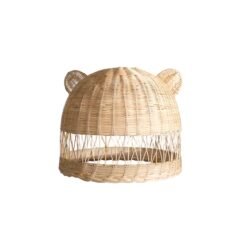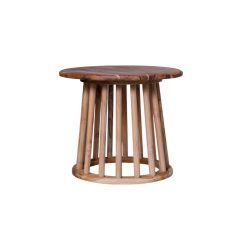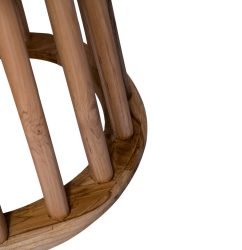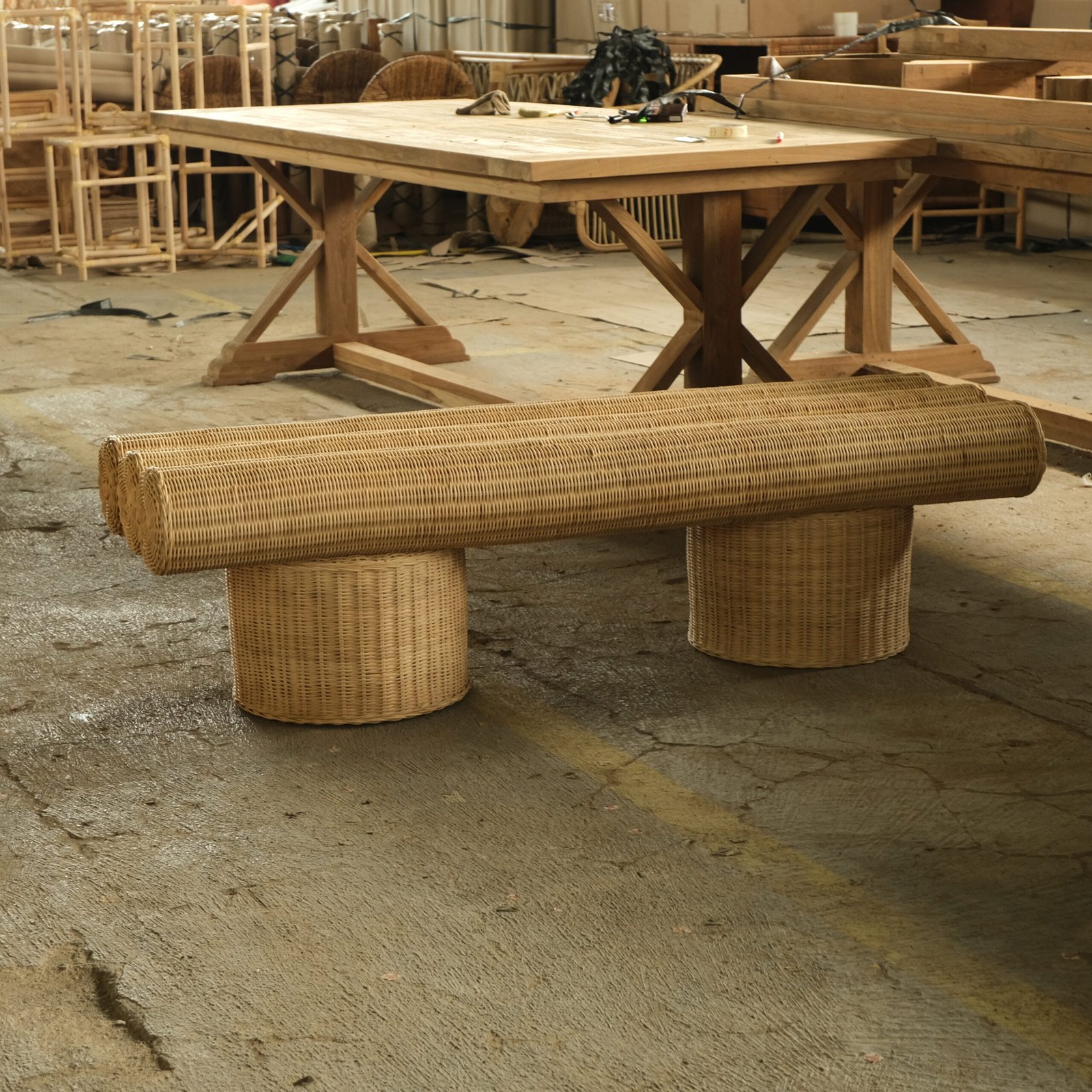Traditional rattan workshops have been the backbone of sustainable furniture craftsmanship for generations. However, to stay competitive in the global market, these workshops must adopt modern technology while preserving the unique skills of their artisans. By blending innovation with tradition, rattan manufacturers can achieve higher efficiency, consistent quality, and stronger market positioning.
1. Digital Design and Prototyping
Modern software such as CAD (Computer-Aided Design) makes it easier to:
- Visualize new rattan furniture concepts
- Test design feasibility
- Reduce errors before going to production
By digitally modeling rattan weaving patterns and furniture structures, workshops can save time and resources during prototyping.
2. CNC and Precision Cutting Machines
While rattan is traditionally woven by hand, its supporting frames often use wooden or metal structures. Integrating CNC routers and precision cutting tools can help:
- Achieve consistent frame shapes
- Speed up production of complex joints
- Reduce material waste
These machines support traditional artisans by handling repetitive tasks, allowing craftsmen to focus on the weaving artistry.
3. Moisture and Quality Control Sensors
Rattan is a natural material sensitive to humidity and moisture. By installing smart sensors, workshops can:
- Monitor moisture content in real time
- Prevent mold or brittleness
- Maintain consistent product quality
This technology helps ensure each piece of rattan meets export-quality standards.
4. ERP (Enterprise Resource Planning) Systems
Managing a traditional workshop with spreadsheets alone can lead to errors and inefficiency. ERP systems can help small- and medium-sized rattan manufacturers:
- Track inventory levels
- Schedule production
- Monitor order status
- Integrate finance and purchasing data
These systems improve traceability and transparency, making it easier to meet customer deadlines.
5. E-commerce and Digital Marketing
In the past, traditional rattan workshops relied on word of mouth or local markets. Today, they can:
- Set up online stores
- Run social media campaigns
- Reach B2B buyers globally through digital platforms
Digital marketing expands a workshop’s reach far beyond local buyers, helping them grow sustainably.
6. Training and Upskilling Artisans
Introducing technology is only successful if artisans are trained to use it. Workshops should:
- Offer regular training on new equipment
- Combine modern skills with traditional craftsmanship
- Encourage artisans to participate in design innovation
This approach empowers workers and preserves cultural heritage while staying relevant.
Conclusion
Incorporating modern technology in traditional rattan workshops does not mean abandoning heritage. Instead, it creates a powerful synergy between skilled craftsmanship and innovation. With tools such as CAD design, CNC machinery, ERP systems, and smart quality controls, rattan manufacturers can improve productivity, meet international standards, and keep traditional artistry alive in a modern, competitive world.





